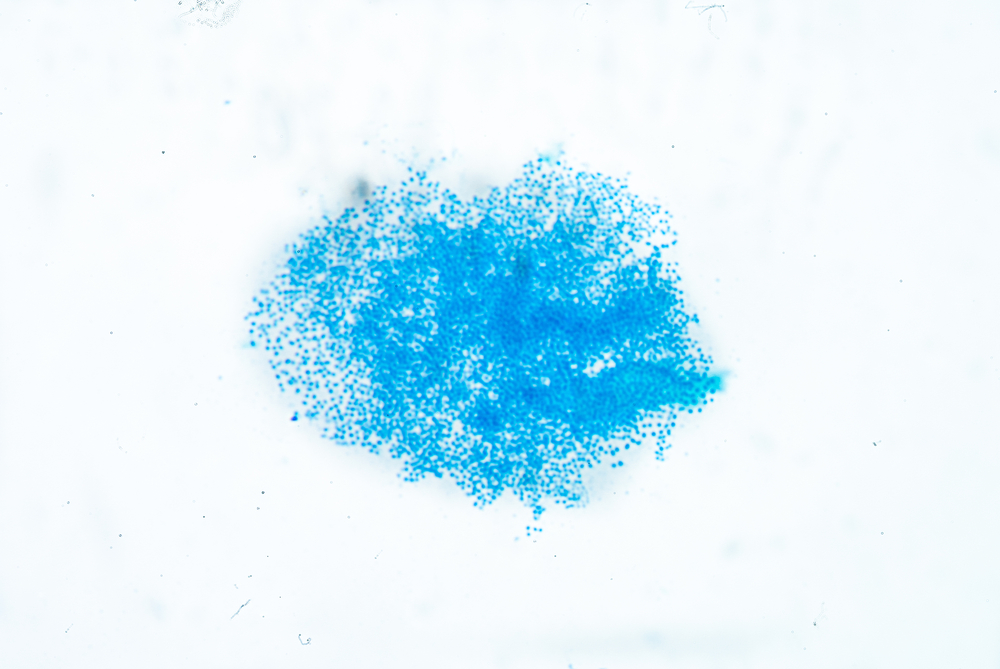In a new study entitled “Pediatric Cystic Fibrosis Sputum Can Be Chemically Dynamic, Anoxic, and Extremely Reduced Due to Hydrogen Sulfide Formation,” researchers discovered that cystic fibrosis-associated microorganisms are capable of surviving in oxygen depleted environments, highlighting the need for potential patient chemical environment-specific therapies. The study was published in mBio, the online open-access journal of the American Society for Microbiology.
Cystic fibrosis (CF) is characterized by severe and recurrent lung infections, leading to progressive decline in patients’ lung functions and ultimately death. In fact, microbial infections are the major cause for CF patients’ morbidity and mortality. Despite its detrimental effect, we know little about the properties of the in vivo environment that contribute to microbial’ successful colonization of patients lungs.
In this new research, a team at the California Institute of Technology in Pasadena, California measured a series of inorganic parameters in fresh sputum samples of CF patients. They used microsensors and measure the levels of oxygen and sulfide of 48 fresh sputum samples extracted from 22 pediatric CF patients (enrolled from the Children’s Hospital, Los Angeles). Authors discovered that patient’s microbiologic environment could vary considerably between patients, but also within the same patient. They found that the gas hydrogen sulfide was present in some patients and that these patients exhibited less severe symptoms (hydrogen sulfide reacts with oxygen, removing it from the environment).
The team discovered that oxygen was present as a very thin layer at sputum surface, while the bulk of the samples were oxygen free. These findings uncover the conditions CF microbes use to grow and survive, as Dianne K. Newman, PhD, professor of biology and geobiology at the California Institute of Technology and study co-lead author noted, “The diversity and adaptation of disease-causing microorganisms within the CF lung environment, in part, is what renders CF infections so difficult to eradicate. Few studies have attempted to characterize the chemistry of mucus collecting in CF airways, yet such measurements are essential if we are to understand how microorganisms survive in the lung and impact the microenvironment.”
Wiebke Ziebis, PhD, associate professor of biological sciences at the University of Southern California, Los Angeles and also study co-lead author added, “We found oxygen only at the very narrow interface between the air and samples. It’s not only a stratified environment, with different microbial communities at different depths of the sputum, but also temporarily dynamic – there were differences not only between patients but also at different time points for the same patients.”
These findings highlight the dynamics of CF patients’ sputum environment and suggest that oxygen rich environments account for only a small fraction of CF pathogens. Hence, additional studies are needed to understand how certain pathogens are surviving in oxygen depleted (anaerobic) conditions (such as sulfidic environments) to develop anaerobic-specific treatments, as Newman noted, “A greater diversity of metabolic survival strategies need to be considered and understood, including ones that operate solely under no-oxygen conditions, because that represents an important reservoir within this habitat.”

